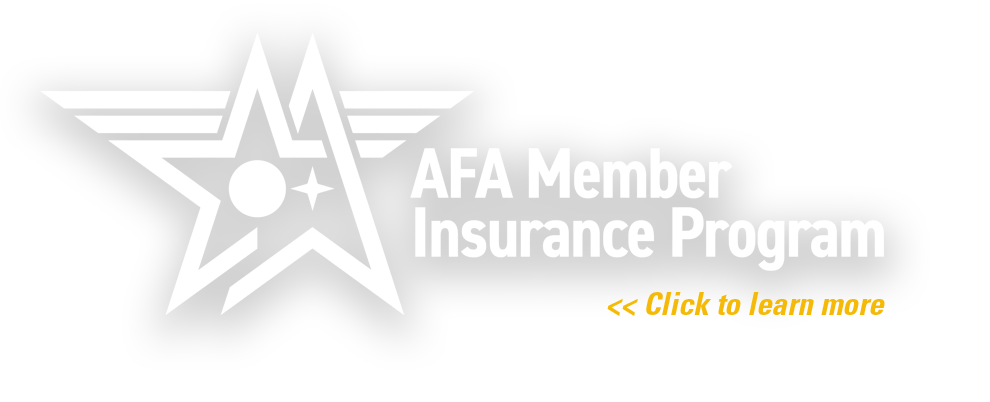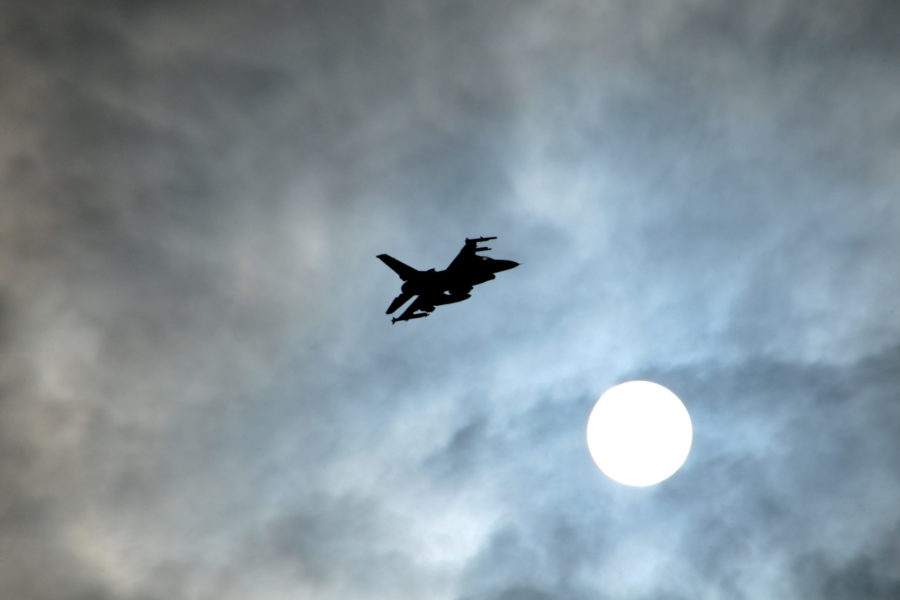Air space over Ukraine has been contested for more than five months, replete with advanced Russian fighter jets and near-universal Russian surface-to-air missile coverage that make penetration by aging Ukrainian Air Force MiG-29s and Su-25s both risky and dangerous.
For the duration of that time, Ukrainian Defense Minister Oleksii Reznikov has asked the United States and international partners for Western combat jets and the training to fly them. U.S. officials have weighed in, but they may not be suggesting the right aircraft, a Ukrainian defense official told Air Force Magazine.
“We have been requesting combat aircraft from our partners for a long time now,” Yuriy Sak, adviser to Ukraine’s minister of defense, told Air Force Magazine by phone from Kyiv on July 21. “We need Western-standard fighter jets. We need Western-standard combat aircraft.”
Reznikov again discussed Ukraine’s battlefield needs at a July 20 virtual meeting of the Ukraine Defense Contact Group led by Defense Secretary Lloyd J. Austin III.
Following the meeting, U.S. Air Force leaders indicated that conversations had begun on how to provide Ukraine with Western aircraft, such as older A-10s, but Ukraine says the slower aircraft won’t fill the mission set urgently needed.
To target Russian positions in Ukrainian territory, Ukraine needs “fast and versatile” combat aircraft such as the F-16—not slow-moving ground defense platforms such as the retiring fleet of U.S. A-10s, a proposition Air Force Secretary Frank Kendall entertained in comments July 20.
U.S. defense leaders such as Austin and Chairman of the Joint Chiefs of Staff Gen. Mark A. Milley have repeatedly recommended to President Joe Biden weaponry for Ukraine that meets evolving battlefield needs.
A-10s do not meet that bar, the defense adviser said.
“The answer to this question depends on the understanding of the needs of the Ukrainian Air Force in the current situation,” he said.
Sak gave the example of the U.S. decision to provide 12 High Mobility Artillery Rocket Systems (HIMARS), with an additional four promised by Austin at the contact group meeting.
“These HIMARS systems, they are really a game changer,” Sak said. “They’ve pretty much stalled the Russian offensive. We’ve been able to destroy 50 munition depots and command centers in the last 10 days.”
The advanced rocket system met the current battlefield need in the artillery war grinding out in the flat, eastern Donbas region. It also helps Ukraine to transition to NATO standard weapons.
The Ukrainian Air Force today is tasked with protecting the Ukrainian sky from enemy aircraft, drones, and missiles; and performing air support for ground forces to strike Russian manpower and combat equipment such as armored vehicles, artillery, and tanks.
“If we look at these needs of the Ukrainian Air Force today, it kind of leads us to conclude that the most optimal option would be something fast and versatile, and fast and versatile are F-16s,” Sak said.
U.S. Air Force Leaders Weigh In
In a July 21 fireside chat with the Washington Post’s David Ignatius at the Aspen Security Forum, Air Force Secretary Frank Kendall said A-10s do not provide a capability needed against America’s current adversaries. Ignatius then asked if the Air Force would consider giving Ukraine any of its aging fleet of A-10s.
“That’s largely up to Ukraine,” Kendall said.
“Older U.S. systems are a possibility,” he added. “We’ll be open to discussions with them about what their requirements are and how we might be able to satisfy them, but there are a number of possibilities.”
Kendall also referenced July 20 comments by Air Force Chief of Staff Gen. Charles Q. Brown Jr., who a day earlier at Aspen suggested a range of different fighter options for Ukraine.
“There’s U.S. [fighters]. There’s Gripen out of Sweden. There’s the Eurofighter. There’s the Rafale,” he said. “So, there’s a number of different platforms that could go to Ukraine.”
Sak said the Ukrainian Air Force has closely studied the advantages of the A-10, especially how it was used to support ground operations in Iraq, where it was able to target tank columns and equipment.
“They are a great support machine, very durable, very deadly. And the enemy cannot hide even behind tank armor when it meets A-10s,” he said. “But then, at the same time, they are slow. And, to operate them efficiently—and we know this from our pilots—they are really vulnerable to the enemy’s air defense.”
Sak argued that A-10s would be an easy target for Russian Buk missile systems and modern Russian MiGs.
“The function that could be hypothetically performed by A-10s in Ukraine is performed by Su-25,” Sak said.
Nonetheless, Sak said the A-10 has clear advantages over the Su-25, including three times the firing range, double the firepower, and the capability to shoot high-precision weapons.
Sak likened the proposition of receiving A-10s to the March debate whereby countries such as Poland and the Czech Republic would offer their older MiGs to Ukraine while asking the United States to backfill and modernize their fleet with F-16s. Ultimately, the United States dismissed a Polish offer, and Polish Defense Minister Mariusz Błaszczak later told Air Force Magazine that making the MiG delivery now would require a consensus among NATO nations.
At Aspen, Brown indicated that the idea of transferring MiGs to Ukraine had passed.
“It’ll be something non-Russian,” he said. “I could probably tell you that. But I can’t tell you exactly what it’s going to be.”
Sak said the other European options could meet Ukraine’s battlefield requirements.
“The criteria for us is the transition towards Western standard weaponry, and weaponry which can help us achieve our goals for aircraft, which is fast and versatile,” he said.
Sak said Reznikov also continues to lobby the United States and partner nations for pilot training. The initiative has support from members of Congress, who have recently increased pressure on the Biden administration. The House-passed version of the National Defense Authorization Act includes an amendment calling for $100 million to train Ukrainian pilots on American aircraft. The legislation does not specify the type of aircraft.
“It could be something like A-10s, as an example, which are a resource of ours that we have been saying fairly consistently that we need less and less of,” Air Force veteran Rep. Chrissy Houlahan (D-Pa.) recently told Air Force Magazine.
Houlahan is one of the lawmakers calling on the Biden administration to support pilot training, something Sak said can be done before a decision is made on aircraft.
“Why not start training our pilots in advance? Advance training is a very important issue so that we don’t lose time,” Sak explained. “So that by the time the political decision is made, we have pilots ready to fly those jets.”
Both Austin and Milley acknowledged at a July 20 briefing that pilot training had been discussed with Ukraine, but they said no decision had been made. A Ukrainian Air Force spokesperson previously told Air Force Magazine it has 30 pilots ready for training, and the Ukrainian Air Force expects that the experienced aviators could learn how to fly F-16s in six months.
The Ukrainian Air Force’s affinity for the F-16 as the fighter jet of choice for its future fleet remains clear as the country continues to press for air power to change the course of the conflict with Russia.
“F-16s are still something that our pilots dream about. F-16s are a global symbol of the aviation might and force,” Sak said. “We really hope that our pilots will be able to fly some of them to protect our country and show the world that Ukraine is a modern Army capable of protecting the whole of Europe.”


